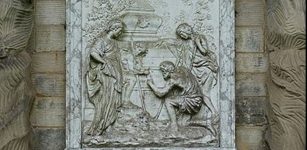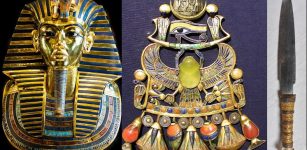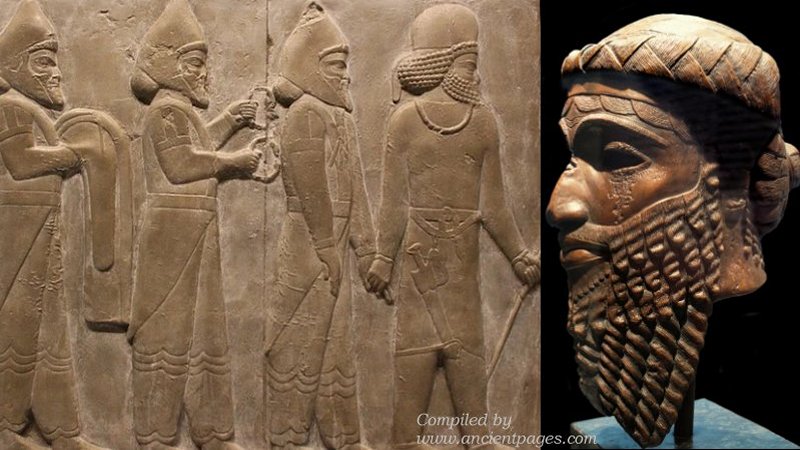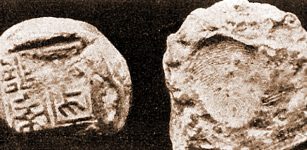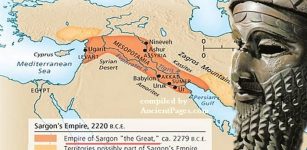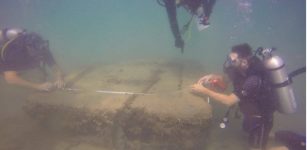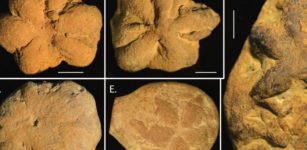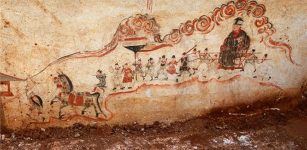St. Simeon’s Monastery And History Of Its Founder Shed Light On Christian Past In Anatolia
Conny Waters – MessageToEagle.com – For the first time, now, archaeologists have been able to resume restoration and excavation works at the site of the Monastery of St. Simon Stylites the Younger.
The site is vast but unfortunately, the monastery buildings are in ruins.
A small section of a mosaic is exposed in the excavation area of the Monastery of Saint Simeon Stylites the Younger, Hatay, southern Turkey, Nov. 26, 2020. Image credit: AA
The saint – who was from Antioch, an ancient Greek city near Hatay – was the founder of the Order of the Stylites. Saint Simeon lost his family in a big earthquake in Hatay around A.D. 530 and devoted himself to religion. Simeon the Elder, was a remarkable person. Born about 388 at Sisan, close to the northern border of Syria, He began his life a shepherd boy and entered a monastery before the age of sixteen, and from the first gave himself up to the practice of extreme austerity. He secluded himself in this monastery on the top of a mountain to be closer to God.
He was also given to standing for as long as he was able to, hour after hour. After three years he elected to leave the hut, he went out into the desert where he found a high, rocky platform. After a while, he became something of a novelty for other pilgrims who sought him out for his wisdom and prayers. Wishing to isolate himself further from human contact, Simeon had a small 3-meter high pillar built topped by a meter-wide platform, with only a railing for security. The next pillars apparently reached over fifty feet from the ground.
St. Simeon stayed on the top of a pillar carved into the rock for 40 years, where he developed a closeness with God, healed people, and preached religious sermons. Once he earned a reputation, influxes of people from all over the world and Anatolia came to the monastery and founded the Order of Stylites there. was founded there.
Left: The remains of St. Simeon’s pillar are seen at the excavation area of the Monastery of Saint Simeon Stylites the Younger, Hatay, southern Turkey, Nov. 26, 2020. Image credit: AA; Right: Sections of pillars remain at the excavation area of the Monastery of St. Simeon Stylites the Younger, Hatay province, southern Turkey, Nov. 26, 2020. Image credit: AA
Many great personalities revered Simeon the Elder. Once when he was ill the Emperor Theodosius sent three bishops to beg him to descend from his pillars and allow himself to be attended by physicians. The sick man preferred to leave his cure in the hands of God, and he finally recovered. After spending thirty-six years on his pillar, Simeon died on Friday, 2 Sept., 459.
The monastery, one of the first pilgrimage centers of Christianity, is situated on a hill at an altitude of about 480 meters (1,575 feet) about 29 kilometers (18 miles) southwest of Antakya and six kilometers (3.7 miles) to the east of Samandag, in the southernmost Turkish province of Hatay. It was built in the sixth century by Saint Simeon Stylites the Younger to offer religious education – is considered an early Christian pilgrimage center.
The site is now undergoing its third round of rescue excavations and restoration, after a very long pause of 60 years. A team of about 15 people is digging in the nearly 81,000 square-meter (20-acre) excavation area to unearth the church, cistern, baptistery, cistern, and other architectural remains of the monastery.
Two archaeologists uncover mosaics at the excavation of the Monastery of Saint Simeon Stylites the Younger, Hatay, southern Turkey, Nov. 26, 2020. Image credit: AA
There are, for example, beautiful mosaics featuring animal depictions on the church floor of the monastery, and the building stones of the monastery that will also be restored.
‘Religions, beliefs, and cultures have mingled with each other in the ancient city of Hatay for millennia, Ayse Ersoy, the director of the Hatay Archaeological Museum, told Anadolu Agency (AA).
‘We are carrying out new excavation work to pass the cultural assets here onto future generations. Noting that ashlars on all the walls were destroyed by earthquakes over the years, Ersoy said that the area will be rebuilt through 3D laser scanning and the consolidation of the mosaics.
‘One aspect that makes our mosaics valuable is the intense use of glass tesserae in them, but unfortunately, they were destroyed because they were too close to the floor,” Ersoy said, adding that the team also found an inscription which read: “We have repaired this beautiful area” – an important find in terms of dating.
Written by Conny Waters – MessageToEagle.com – AncientPages.com Staff Writer




